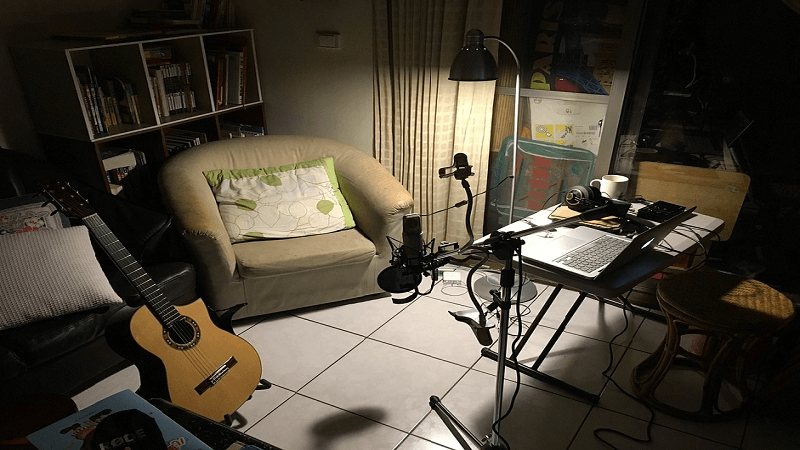
Billie Eilish won the Best Pop Vocal Album and the Album of the Year at the 62nd Annual Grammy Awards. But did you know Finneas recorded Billie’s debut album at his home studio? Fancy gear does not automatically equate to a perfect and successful recording studio.
Thanks to technological advancements and accessibility to quality gear, you can set up a recording studio right in your garage or attic. Leverage online resources such as Multitrack HQ to learn how to design an awesome home recording studio with any random gear you can afford or might already have.
The article will take you through five upgrades that will have your home studio belt out quality music in no time.
Also, read How Listening to Music is Beneficial for your Mental Health?
1. A High Power Computer
In an ideal scenario, you must have a computer with ample RAM and storage dedicated to music production. But it is not a necessity.
You will be performing tasks such as recording, processing, and mixing on your computer. The more people and instruments you add to the mix, the more power you will need. If a computer upgrade is out of your budget, consider boosting your RAM and storing files on external drives.
2. A Microphone
If you aim to achieve excellent audio quality, you need a good microphone to help you in the process. The choice of microphone comes down to what you are recording.
For example, if you are recording vocals or acoustic guitars, opting for a condenser microphone would be good. They are sensitive and require a quieter room, but they are also precise. On the other hand, dynamic microphones perform well in crowded places as they reject most of the background noise.
3. Headphones
Open-back and closed-back are two headphone options you can explore. You can use open-back headphones for mixing. They provide a much airier sound and eliminate listening fatigue. However, working with other people in the room might not be the best option as these headphones do not provide noise isolation.
Closed-back headphones are a favorite among home studio enthusiasts. They provide the best sound isolation, there is no audio leakage, and they offer superior clarity. You can visit the Multitrack HQ website to know more about quality headphones under $200.
4. Pop Filter
Plosive sounds are heightened when your mouth is close to the microphone. It can be quite a task to fix these sounds post-recording. A pop filter is an accessory that provides pristine audio quality while protecting your microphone from corrosion and mold.
Look for a compatible, stable gooseneck and layered filter that can dissipate leftover pressure and provide you with much transparent audio.
5. Patchbay
Over time, you will start adding new gears to your home studio. However, moving cables, linking pieces of equipment multiple times in a single session will quickly get tiring. With a patch bay, you can better organize the signal flow and streamline your workflow.
Wrapping Up
Home recording studios can be absolute works of art, even with the simplest pieces of gear. Of course, you can always buy high-end equipment that offers a whole range of new effects. But it comes down to your personal preferences.